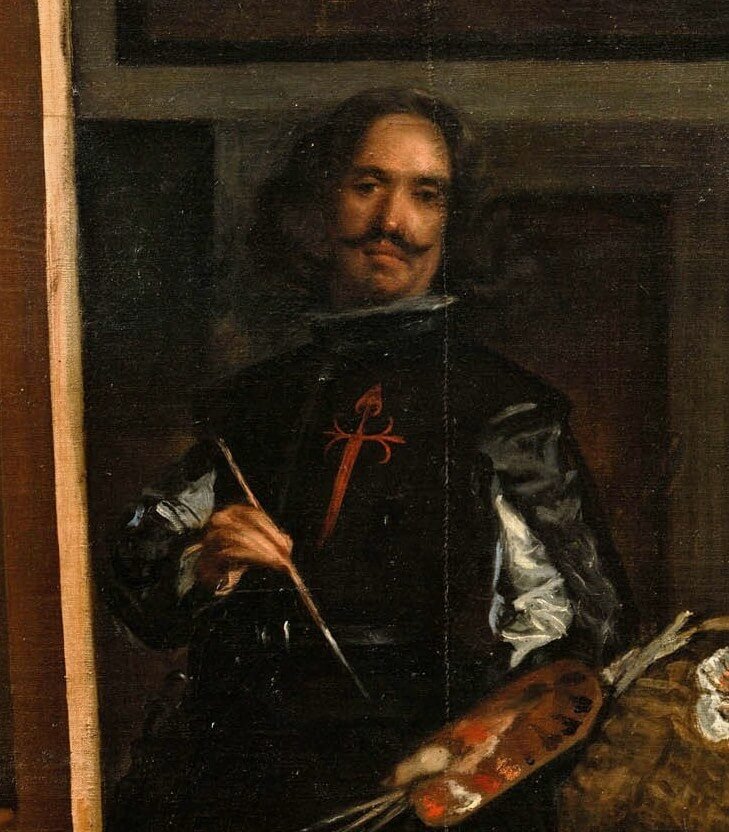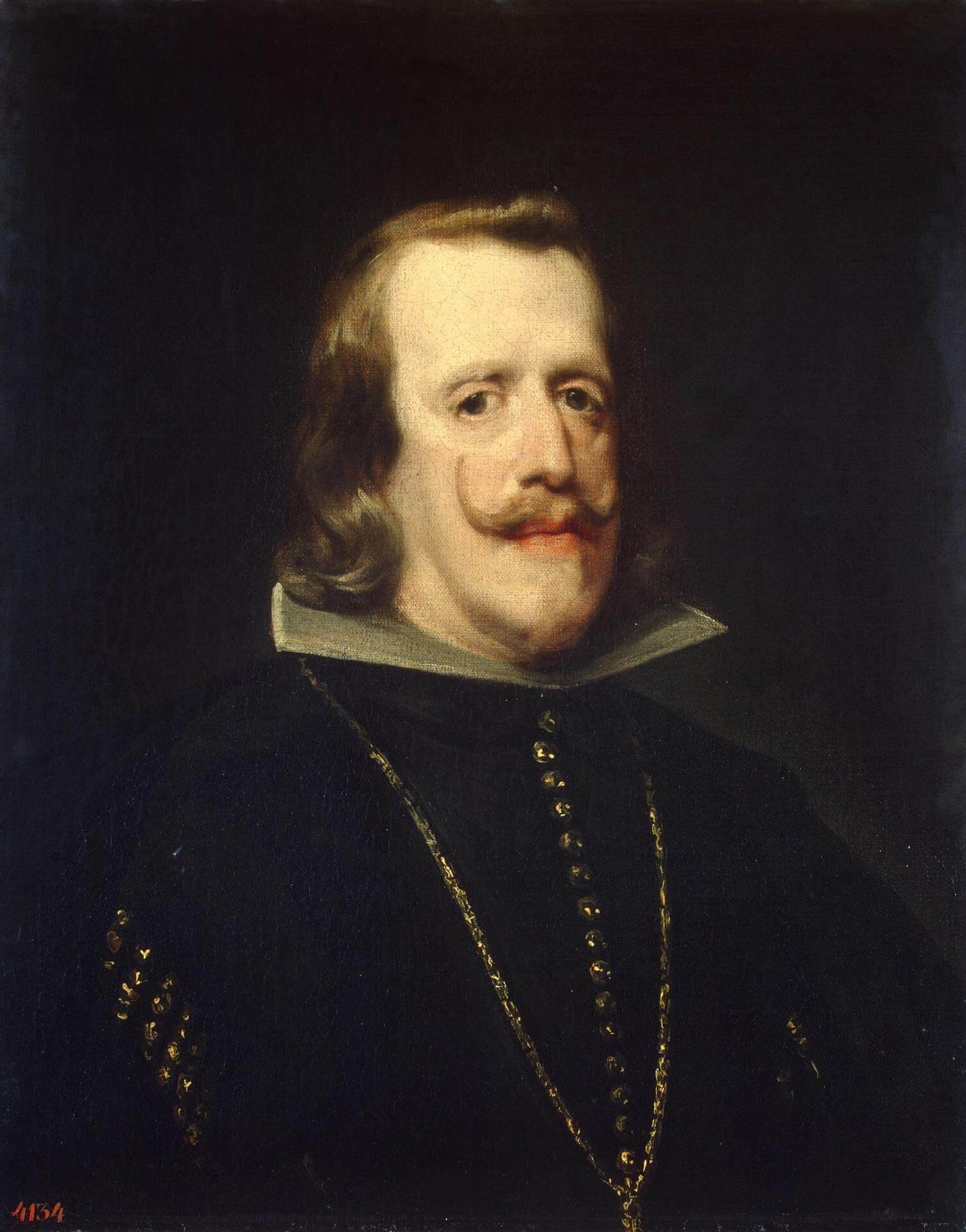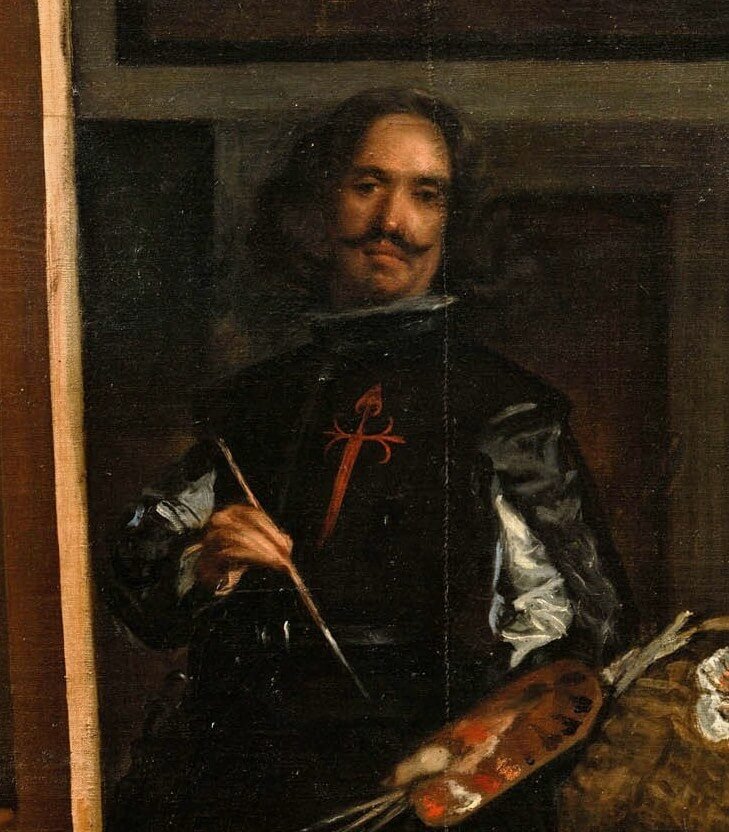I just finished reading a book that told a wild, but true story about a work of art. The most compelling part was that the story ended with a huge, still-unsolved mystery.

Laura Cumming’s The Vanishing Velasquez: A 19th-Century Bookseller’s Obsession with a Lost Masterpiece tells the story, as best as she was able to piece it together, of an English bookseller who believed that he owned a lost masterpiece by Spanish artist Diego Velasquez. The man, named John Snare, dedicated much of his life to the work, attempting to convince the world that it was Velasquez’s long-lost portrait of Prince (later King) Charles I of England. When I say he dedicated his life, I really mean it. He focused on Velasquez to the exclusion of all else. He lost his business, his good name in his community, and all his possessions (except the Velasquez). He endured a major lawsuit and eventually left his wife, children, and homeland – all because of his dedication to the Velasquez. He spent the last few decades of his life living in America with mainly just his painting for company. It seems that no cost was too great to show his painting to the world and to convince people that it really was the masterpiece he believed it to be. It’s difficult to understand what motivated him, especially since information about him seems to be scarce. It certainly wasn’t the hope of riches, since he turned down at least two offers to sell the painting for a small fortune.
All that was unusual and interesting, but here’s the truly crazy part. Snare long-lost Velasquez is lost once again. After his death, his beloved painting passed down to his wife and then his sons, who exhibited it once after Snare’s death and then hid it away. All the Snares had tragic lives, many of them rather short. There were no grandchildren, so the line ended with the last son. And with him died the knowledge of where the painting was kept. There’s been no hint of it ever since. Cumming seems to have searched pretty thoroughly for it, and she got nowhere.

While it’s most likely still out there somewhere, it’s more lost than you might think. Its last public exhibition was at the Metropolitan Museum of Art in 1885, so no one still living has ever seen… in any form. Back in the 19th century, photographing works of art wasn’t the common practice it is today, so Snare’s painting wasn’t ever photographed. Printed reproductions were more popular, but no print was ever made of it, either. So, there are scores of written accounts that describe the work, but no image of any kind. That means that we have no idea what it looked like, and we can’t assess it for ourselves. It’s impossible for us to determine if Snare was correct in his almost fanatical belief that the work was a genuine Velasquez, or whether he threw away his life based on a mistaken impression. (While Snare definitely had supporters inside the art historical community, there was never the general consensus he hoped for.) We can’t even see what all the fuss was about.
But who knows, maybe someone else will one day discover it all over again.
To find out the whole story (as best as is currently possible given its many mysteries), read The Vanishing Velasquez: A 19th-Century Bookseller’s Obsession with a Lost Masterpiece by Laura Cumming. (New York: Scribner, 2016.)


